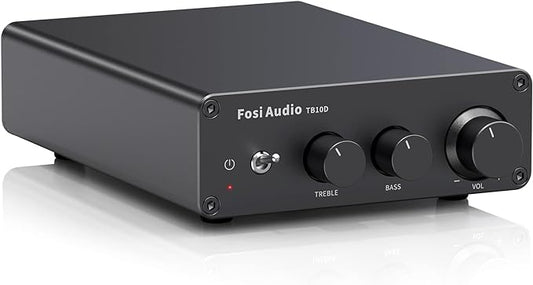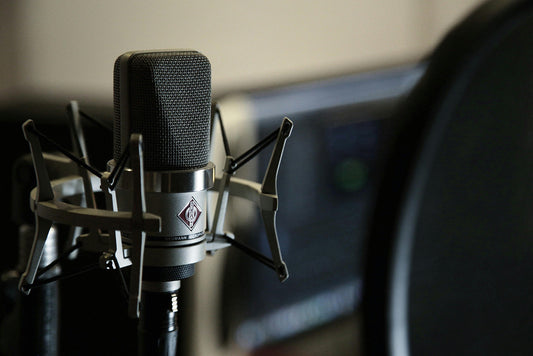The trained listener
by Paul McGowan
Forty something years ago when Terri and I first began having children, ultrasound technology was in its infancy. The doctor would show us unrecognizable blurry blobs that only he and other experienced viewers could make out as anything but, well, blobs. They seemed to know what it all meant, but to our untrained eyes, they could have been anything.
In the same vein, you can set two glasses of wine down in front of me and I can tell you which I like and don't like, but not much more. Try the same thing in front of a Master Sommelier and you'll be accurately told the wine's year, location, and brand.
Set an experienced listener in front of a high end stereo system and they can easily tell you what's going on in the system. Or, if you're like some of us, we can tell you what's likely going on inside the circuits processing the sound.
In each case the difference between observers is experience. Training.
It is no more accurate to say that the difference between cheap and expensive wines is undetectable in a double blind test than the same for a stereo system.
Our measure of veracity is always personal. What we can accurately say is that we cannot tell the difference.
We ain't me, or you.
- Choosing a selection results in a full page refresh.
- Opens in a new window.








